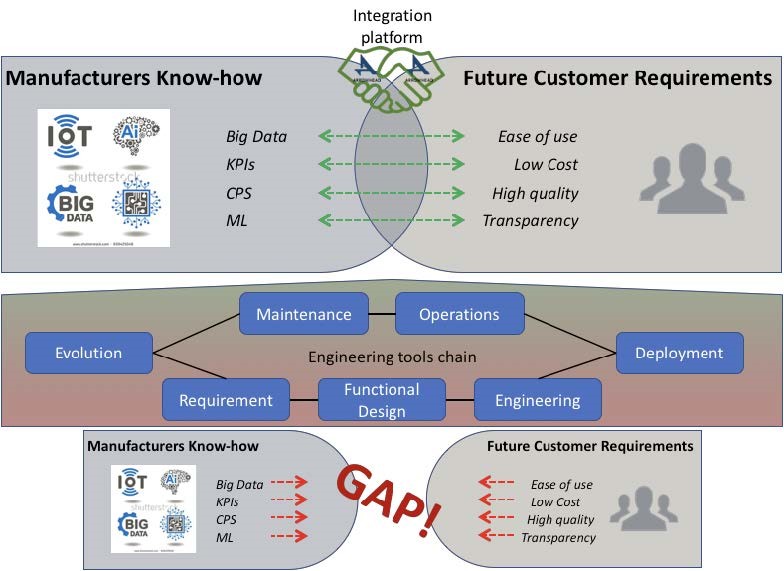Automation and Digitalisation Engineering
The foreseen innovations related to engineering of digitalisation and automation solutions are:
- IoT and SoS Engineering process supporting automation and digitalisation lifecycle.
Engineering of OT is currently very much based on standards like ISA-95 and procedures as in e.g. IEC 81346. This required integration of OT and IT technology demand updates of existing standards for OT engineering. The ISO/IEC 81346 and other standards, originates from the times when system development was inspired by how products were made. The process describes how the product would be gradually rened from the functional specication to the functioning system. Its basic form is that of the waterfall development model where the result of one phase is the input to the next and iterations were considered threats to progress.
The development of IT software was recommended to proceed the same way, but IT software development has changed when the power and interactivity of computers grew. The strict methods have been challenged by more agile approaches where iterations are not considered deviations from the desired progress, but on the contrary as means to accelerate the development and make sure the system will evolve into a useful product. Now agile methods like SCRUM and lean development have been commonplace also for development of cyber-physical systems.
For cyber-physical systems, early deployment and prototyping may nd that the physical parts of the system is non-existing, and thus simulation of the missing parts must be applied. Simulation has been used also earlier, but now we see that simulation is not only something to be applied during development, but also during execution in the form of a digital twin. In general, we nd that system development is moving from the assembly line approach to a more organic attitude where systems start from a small seed, which has some very basic functionality, and then grow through incremental improvements to systems that full their designated purpose. This organic approach will continue as modern cyber-physical systems need to change while still executing. The processes of maintenance and evolution become continuations of the initial growth. The sub-processes of ISO/IEC 81346 are still necessary, but they are concurrent processes rather than sequential.
To make the development more eective, to communicate better with more stakeholders, and to be able to handle increased complexity, and to harmonize the views of hardware and software, abstraction through modeling is used. Modeling languages with automatic code generation such as UML and SysML (technology of Object Management Group, OMG) have been used, as well as tools like MatLab.

The Arrowhead Tools technology ambition is to enable a mature integration framework,
Arrowhead Framework, and an associated engineering procedure with integrated tool chains.

